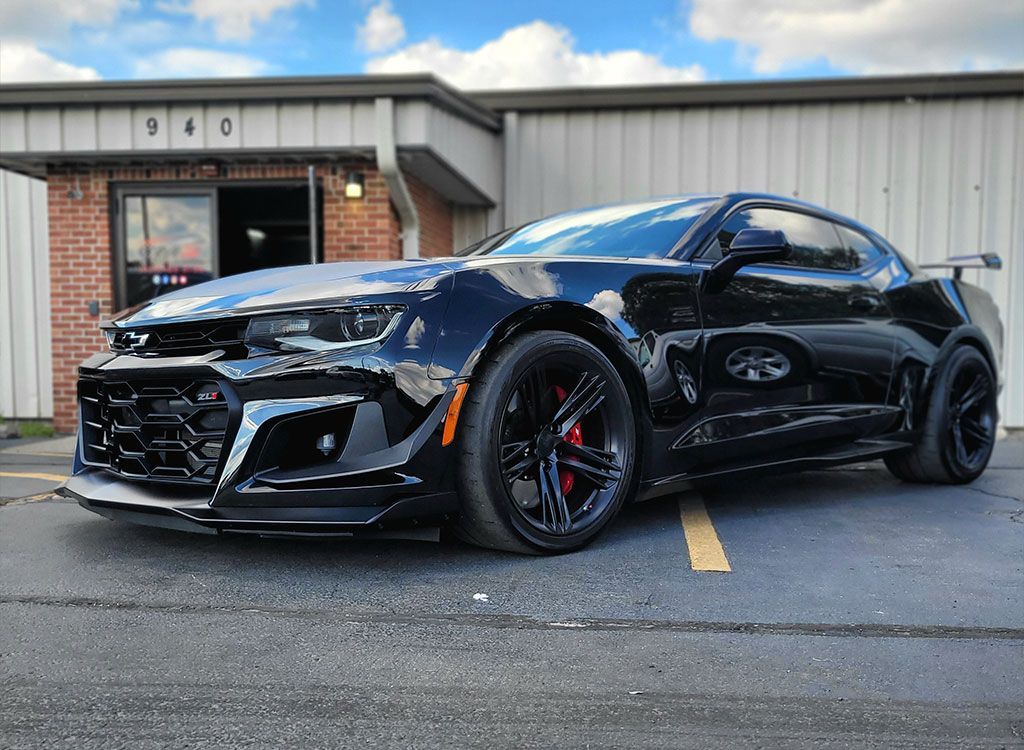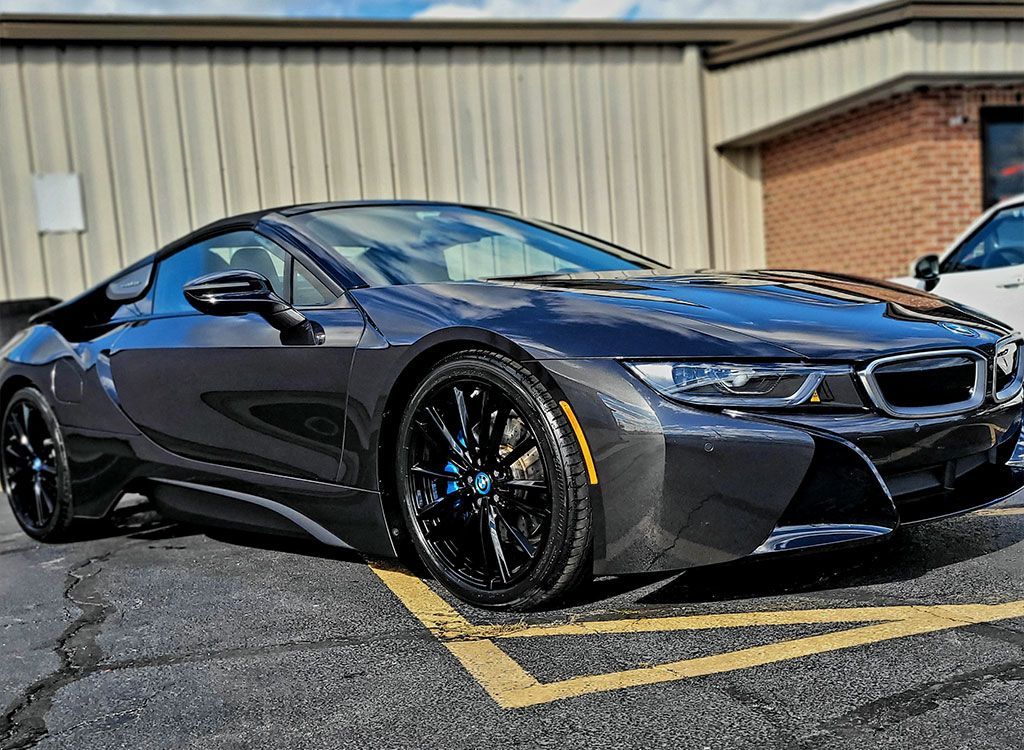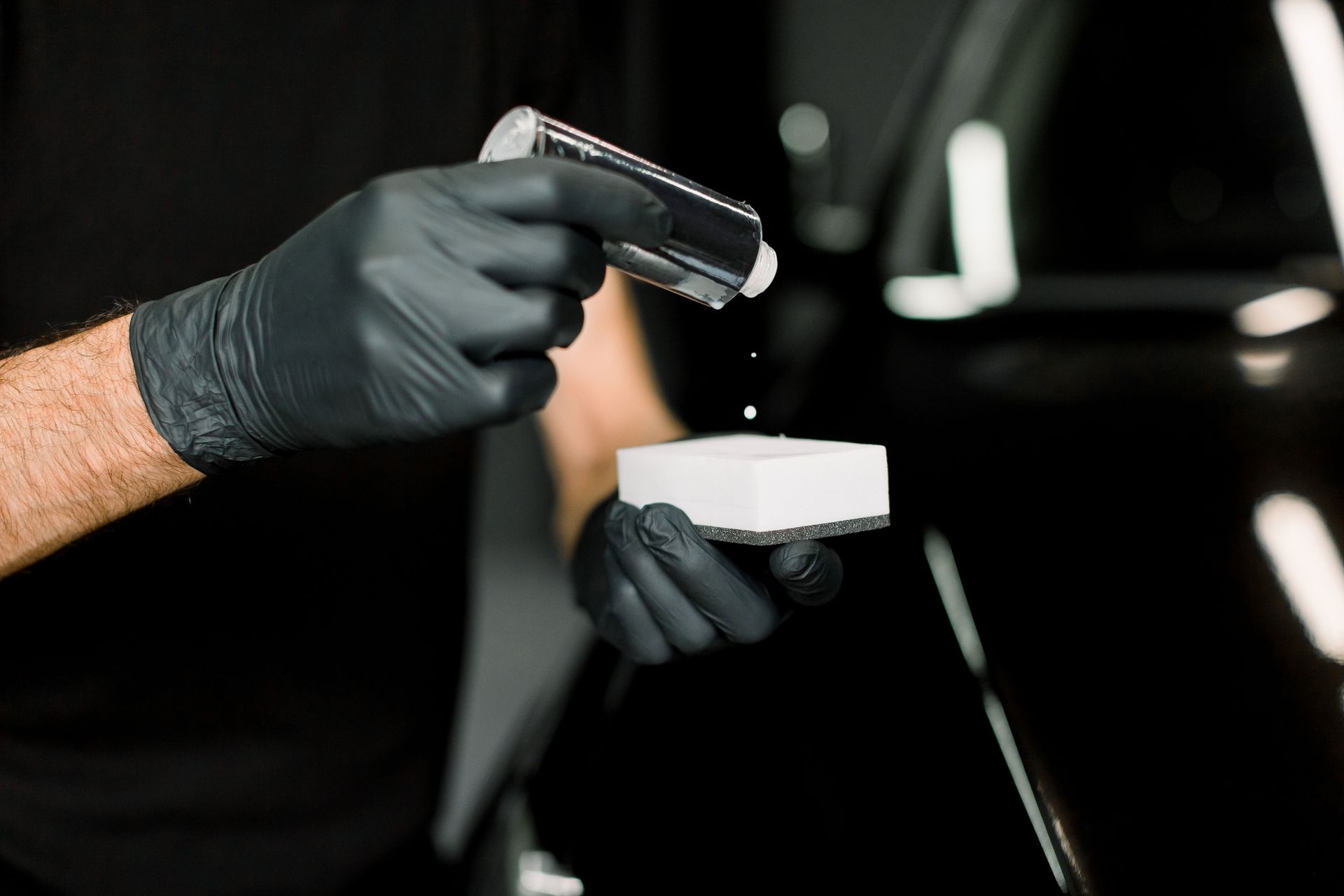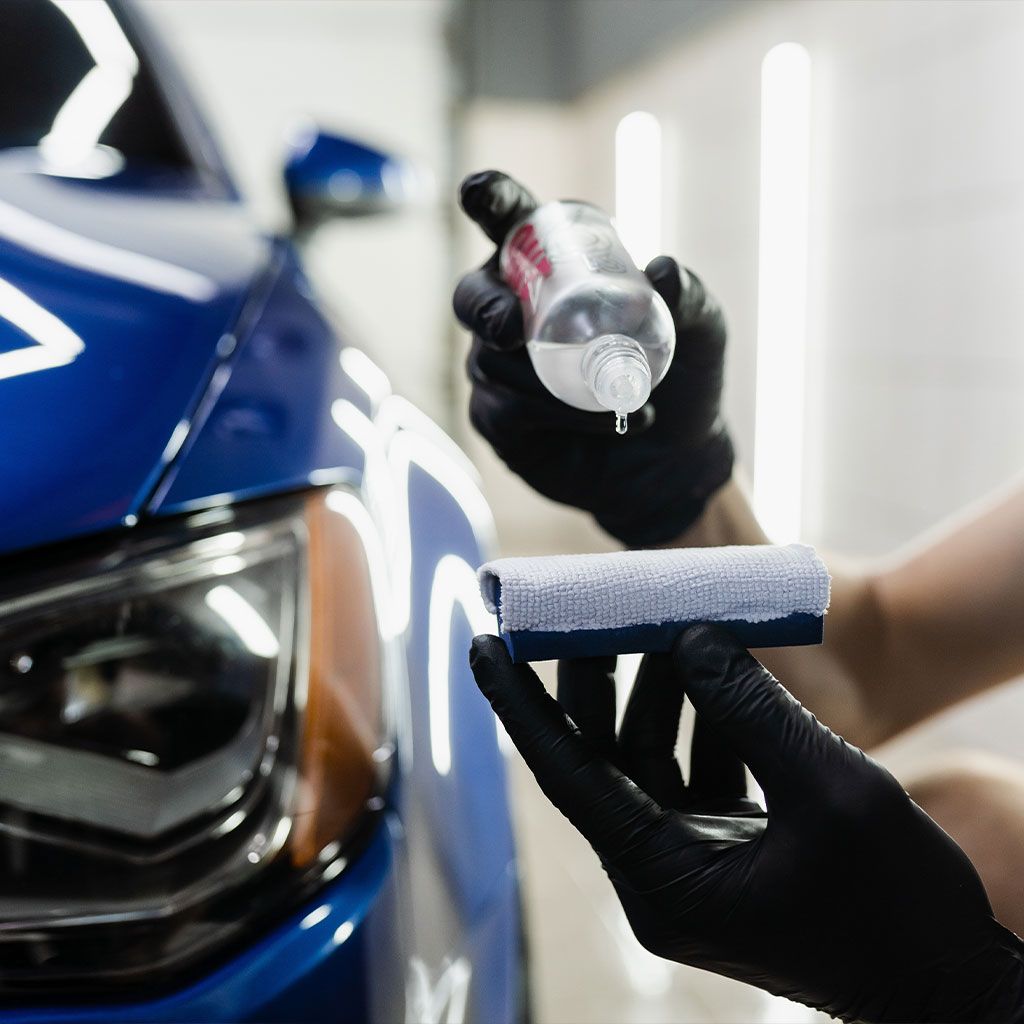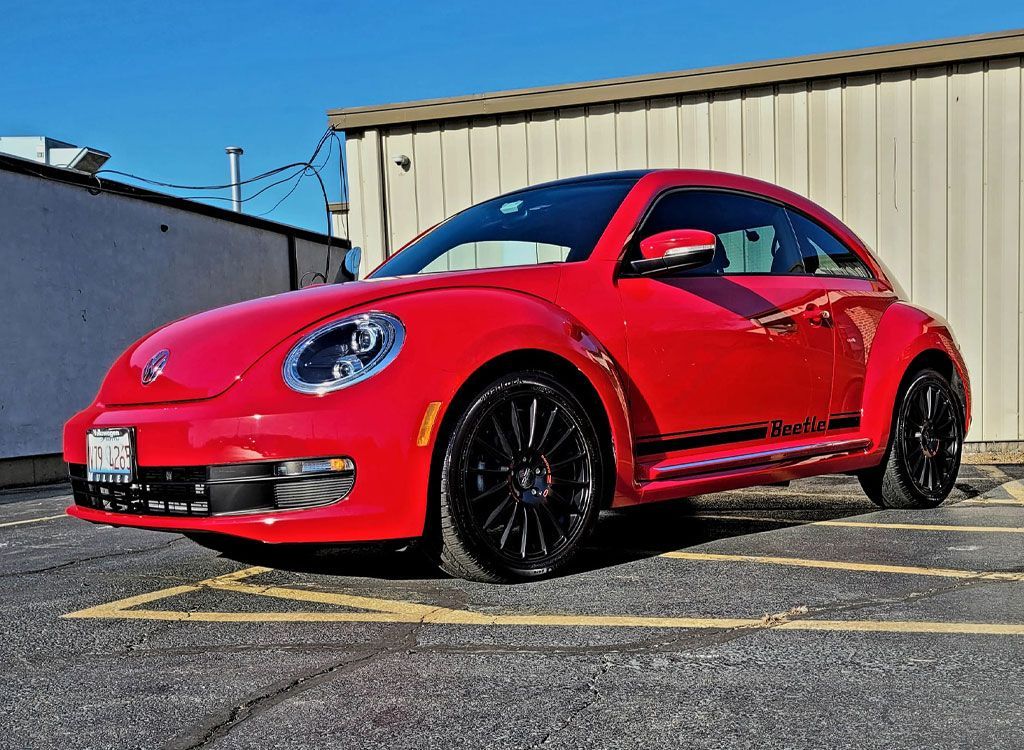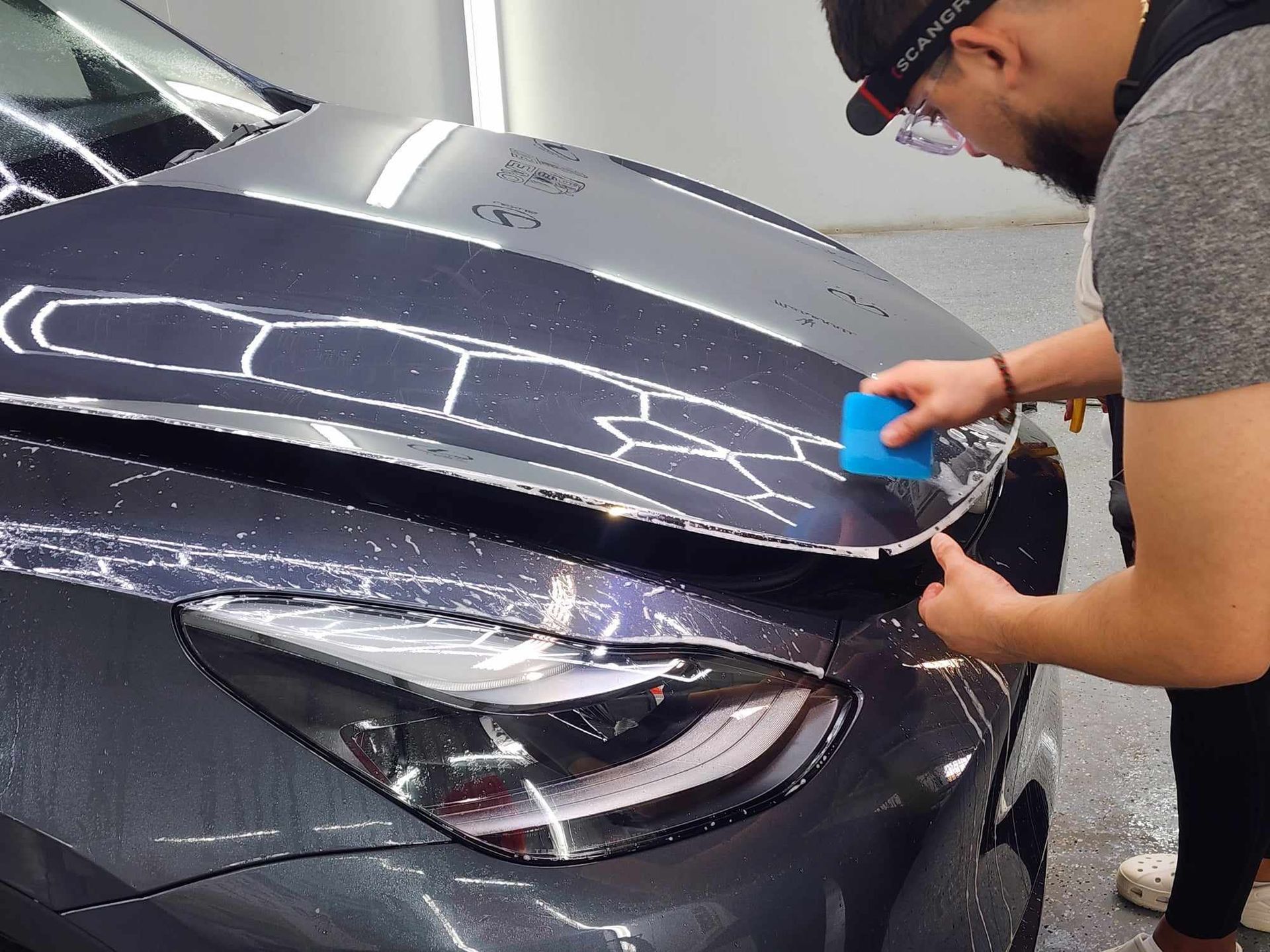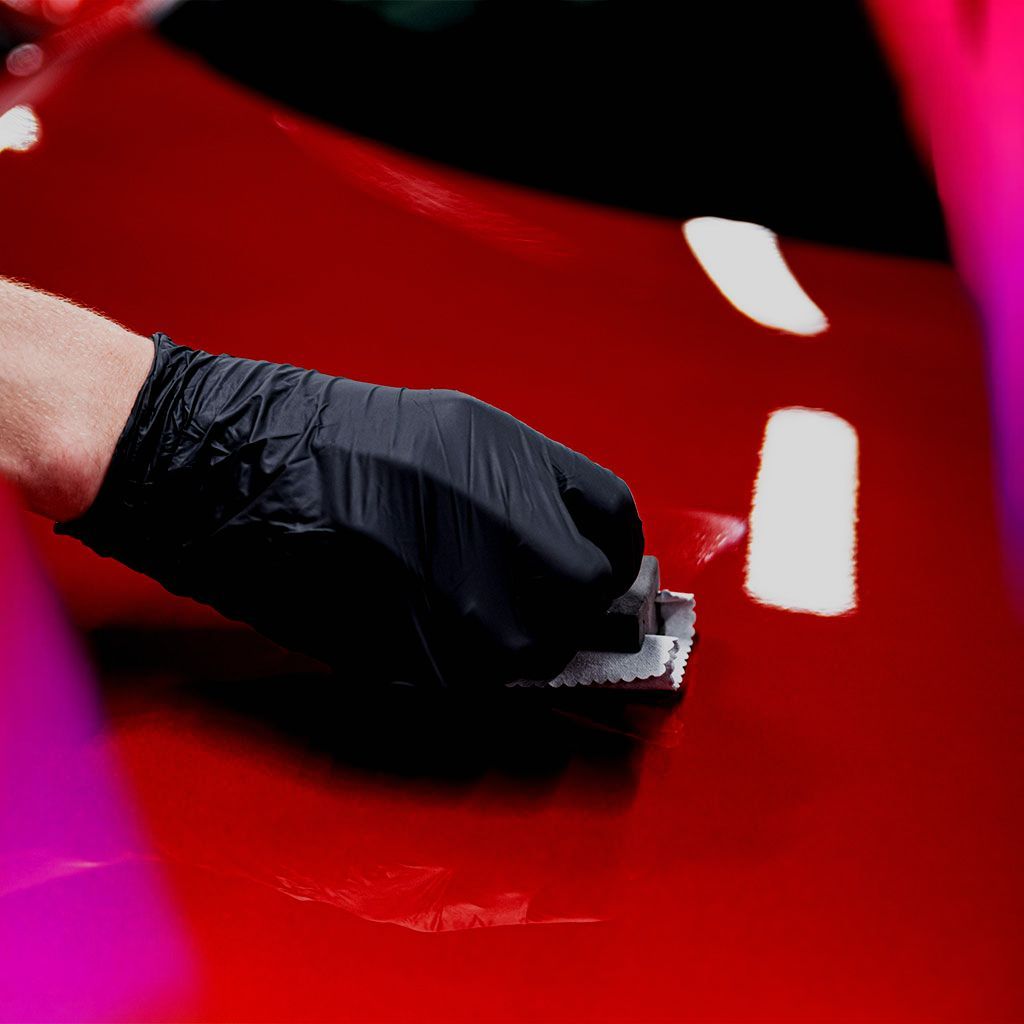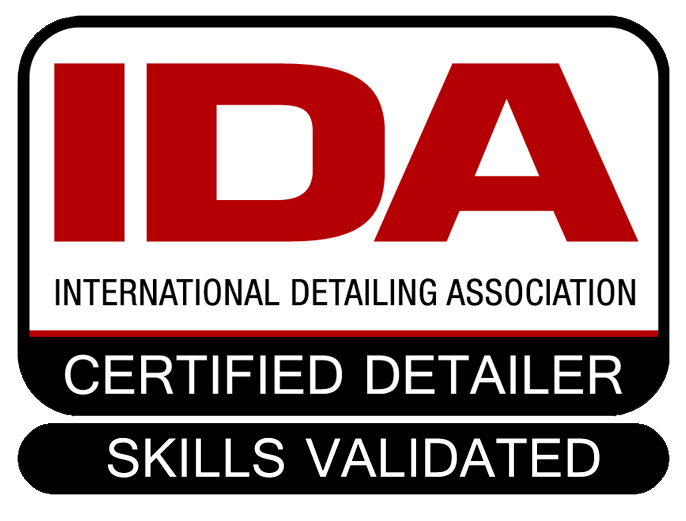Debunking Myths About Ceramic Coating: The Truth Behind Common Misconceptions
You've probably heard all sorts of claims about ceramic coatings for cars. Does it make them scratch-proof? Can it eliminate the need for regular maintenance? These high expectations can lead to confusion and frustration for car enthusiasts like yourself. The truth is, not everything you hear is accurate.
The most common myths about ceramic coating include the belief that it makes cars impervious to scratches and eliminates the need for maintenance. However, while ceramic coatings enhance protection against environmental contaminants and make cleaning easier, they still require regular upkeep and cannot prevent all damage from high-impact forces or abrasive materials.
The Basics of Ceramic Coating
A ceramic coating is a liquid polymer that, when applied to the exterior surfaces of a vehicle, bonds with the factory paint. This chemical bond forms a hard protective layer once cured, essentially becoming an extension of the paint itself. What's fascinating is that this coating creates a hydrophobic surface, meaning it repels water and helps prevent dirt and grime from adhering to the paint, making everyday cleaning a simpler task. The primary goal of ceramic coatings is to shield your car's paint from harmful UV rays and various environmental contaminants such as bird droppings, tree sap, and road tar. While these coatings are impressive in their protective capabilities, many users mistakenly believe that they offer a blanket defense against all types of damage, which leads to unrealistic expectations regarding maintenance.
For instance, popular brands showcase different formulations that promise varying degrees of protection and longevity. It's essential to note that while these products provide substantial benefits over traditional waxes or sealants—such as durability ranging from two to five years depending on application method and environmental conditions—they do not eliminate the need for routine care. Many enthusiasts may treat their ceramic-coated vehicles as if they were impervious to all forms of wear, only to find that neglecting regular cleaning can lead to dirt buildup and ultimately diminish the coating’s effectiveness. In essence, ceramic coatings improve cleanliness and ease maintenance rather than replace it entirely. Regular washing can keep contaminants at bay and preserve the integrity of the coating itself.
Myth: Ceramic Coating is Scratch-Proof
There's a prevalent belief that if you apply ceramic coating to your car, you can simply forget about its exterior when it comes to any potential damage. This leads many to think that their vehicle has become impervious to all scratches—almost a superhero of automotive coatings. However, the truth is much more complex. While ceramic coatings enhance environmental resistance, they certainly do not create an indestructible shield against rock chips and scratches. This misconception is understandable given the way these products are marketed; after all, it's appealing to think you could protect your investment so completely. To clarify, ceramic coatings are designed to be durable and resilient, providing a level of protection against environmental contaminants.
Myth: Ceramic Coating Offers Permanent Gloss
One of the most persistent myths about ceramic coatings is that they provide a permanent gloss that lasts indefinitely. This notion tempts many car owners into believing that once their vehicle is treated with a high-quality ceramic coating, they can forget all about its upkeep. Unfortunately, this could not be further from the truth. Over time, various environmental factors such as UV rays, acid rain, and road grime can contribute to the gradual erosion of that initial brilliant shine. For instance, think about the way your skin reacts to sun exposure—without sunscreen or protective measures, it becomes duller and more susceptible to damage over time. Similarly, the glossy finish provided by ceramic coatings may start to fade without proper care.
It may feel almost disappointing to hear that your glossy surface won’t steal the show for eternity. However, on the bright side, think of it this way: maintaining that high-gloss look can become a fun ritual! Consider regular cleaning and reapplication as part of your car's beauty regimen. Adopting a proactive approach rather than waiting for deterioration to occur is important. Additionally, using pH-neutral cleaning solutions during regular washes can help maintain the integrity of the ceramic coating and preserve its stunning hue for longer. In summary, investing in a ceramic coating is only part of the equation; commitment to its upkeep plays an equally important role in ensuring you continue to enjoy its benefits.
Myth: Single Application Solution
The belief that applying ceramic coating just once will provide lifelong protection is a misconception that can lead to disappointment. Just like sunscreen, which requires reapplication to maintain effectiveness, ceramic coatings also need ongoing care and maintenance. A single application does not create an impenetrable barrier; rather, it forms a protective layer that, while robust, is still subject to wear and tear over time. Think about sunscreen on a hot summer day at the beach. One application in the morning won't keep you protected all day long. After swimming or sweating, you need to reapply to maintain that guard against harmful UV rays. Similarly, a ceramic coating acts as a shield against dirt and damage, but it needs support through regular cleaning and occasional touch-ups to keep its protective promises intact.
Experts recommend considering a reapplication every 2–5 years based on your vehicle's environmental exposure and how well you care for it. Factors such as exposure to harsh chemicals, UV rays, and even everyday wear from washing can drastically influence how long your coating lasts. Regular detailing sessions can help extend its life while maintaining its appearance. While investing in a ceramic coating is undoubtedly beneficial, claiming it as a one-time solution overlooks the necessity for continuous attention and application over time. Proper upkeep ensures that you enjoy all the advantages without facing premature deterioration. Understanding this critical aspect allows car owners to align their expectations with reality. Rather than viewing ceramic coatings as a “set-it-and-forget-it” solution, embrace the idea of ongoing maintenance as a part of the investment in your vehicle's appearance and longevity.
Durability and Protection Facts
While it’s essential to note that ceramic coatings are not infallible, they certainly offer a level of durability that eclipses traditional wax finishes. When applied correctly, they create a formidable barrier against environmental elements, providing substantial protection against wear and tear. This includes harmful UV rays, corrosive chemical stains, and even the unsightly remnants left by bird droppings, which can damage paint over time.
- Enhanced Protection: The state-of-the-art technology behind ceramic coatings means they bond directly to the vehicle's surface, establishing a robust layer of defense. This shield actively prevents damage from common aggressors. Ceramic coatings can reduce the effects of UV radiation on painted surfaces by as much as 50%. Such a reduction preserves the integrity of the paint and helps maintain the vehicle's aesthetic appeal longer than traditional waxing would.
- Hydrophobic Properties: Additionally, one of the most impressive features of ceramic coatings is their hydrophobic properties. Water droplets bead up and roll off rather than adhering flatly to the surface. This unique characteristic helps wash away dirt and grime, significantly simplifying your cleaning routine. Many users report that they cut down their washing time by approximately 30% because dirt doesn’t cling like it does on untreated surfaces. It's like giving your car a self-cleaning mechanism every time it rains!
Costs and Maintenance Realities
The initial cost of ceramic coating can indeed catch many off guard, ranging from $1000 to $2,000 for professional application. This price isn't arbitrary; it hinges on several factors, such as the type of coating used, the labor required, and even the size of your vehicle. But before you recoil from those numbers, it's essential to look beyond just the upfront investment.
Once the gleam of your freshly coated car begins to fade in your mind, one might wonder about the ongoing costs associated with maintaining that shine. Regular upkeep doesn’t just mean washing your car more often; it entails periodic inspections to ensure the coat is holding strong and the surface remains intact. Additionally, you’ll want to think about the occasional touch-ups that might be necessary. Specialized pH-neutral cleaning products designed for ceramic coatings can further add to your expenses over time. These products are formulated not only to clean effectively but also to maintain the integrity of the ceramic layer itself, preventing degradation and preserving that hydrophobic effect.
So, you might ask yourself: Are these benefits really worth the costs? For many owners who commit to ceramic coatings, the answer is a resounding yes. The combination of added protection against environmental pollutants and stains, along with significantly reduced washing time and simpler maintenance routines, often makes this expenditure appear justified. Additionally, vehicles treated with ceramic coatings experience higher resale values over a five-year span. Not only do they require fewer paint corrections than their non-coated counterparts, but they also enhance aesthetic appeal for prospective buyers—a win-win situation that translates into substantial long-term savings.
While upfront costs and ongoing maintenance may raise concerns initially, most committed car enthusiasts find that tasting the rewards—a resilient finish and lasting value—often outweighs these fiscal considerations. Considering both immediate costs and long-term benefits will help you make an informed decision regarding ceramic coatings for your vehicle. The balance between spending now and saving later is crucial in understanding their true value.
Top-tier Ceramic Coating Services in Elgin, IL
CM3 Detailing Studio & Ceramic Coating offers top-tier ceramic coating services in Elgin, IL, perfect for preserving and enhancing your vehicle's exterior. Our professional-grade ceramic coatings create a strong, protective layer that guards against UV rays, stains, and environmental contaminants while delivering a lasting, glossy finish. With a commitment to precision and quality, CM3 Detailing Studio & Ceramic Coating ensures your vehicle stays protected and looks its best for years to come. Schedule your ceramic coating service today for unmatched protection and shine! Call us at (630) 400-6766 to get started!

